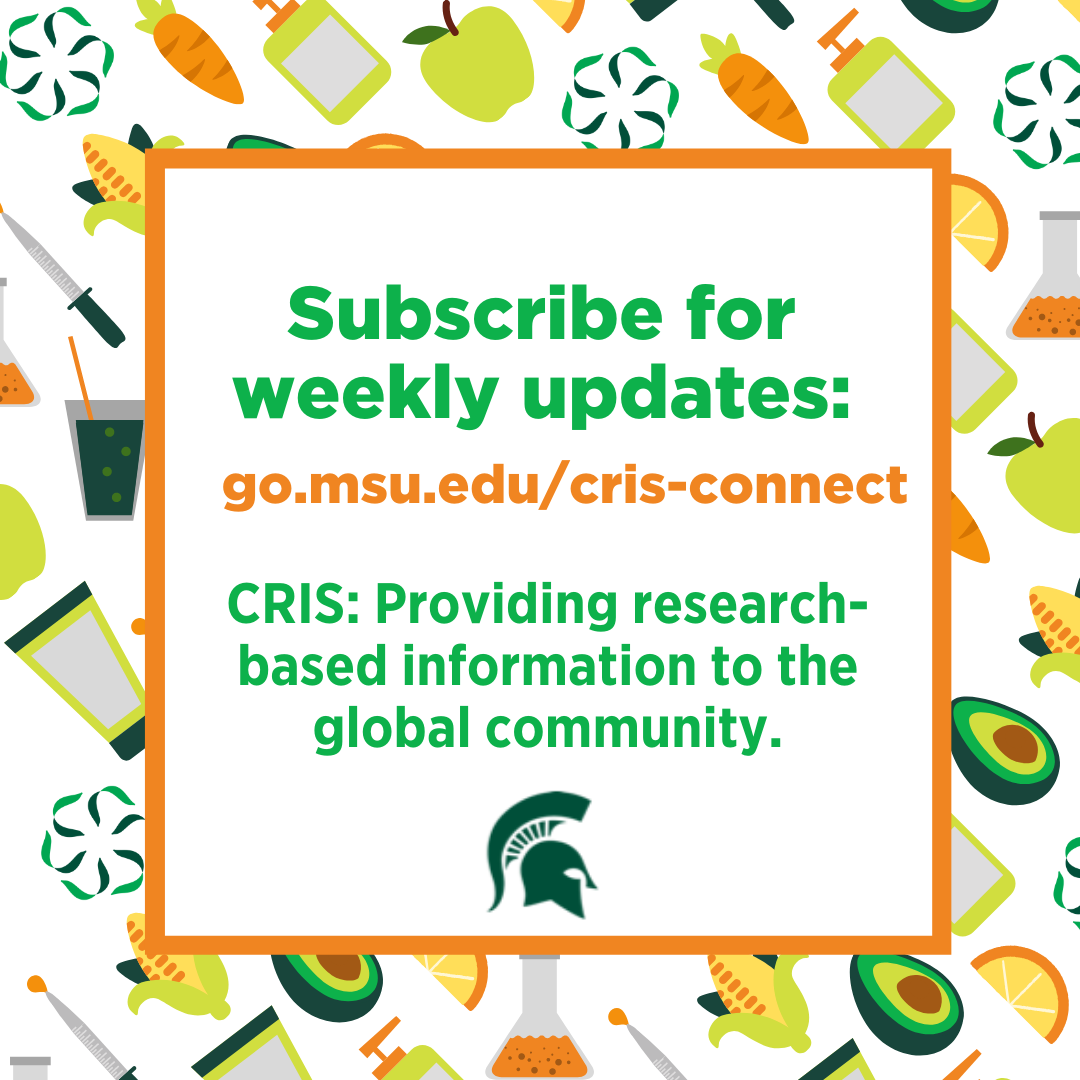Trending – Mycotoxins
There are many all-natural toxins in the environment. In this post, we look at mycotoxins.

What are mycotoxins?
We are familiar with molds and fungi that are naturally occurring in nature. Some of the molds and fungi produce toxins called mycotoxins.
Mycotoxins are often dangerous and cause disease and death in humans and animals. 
While mycotoxins can be harmful when found in nature, when used in a pharmacological setting, some mycotoxins and mycotoxin derivatives are used to make beneficial drugs like antibiotics. They can also be used in harmful contexts like chemical warfare agents (1).
Where do we find mycotoxins?
Where there is mold, we may find mycotoxins. Mold is common in moist, warm environments and thrives on rich nutritional sources. We most worry about molds found on foods such as grains, nuts, spices, dried produce, etc. Those molds could produce harmful mycotoxins that could make their way into our food supplies.
Foods harvested for human and animal consumption can both be impacted by mycotoxins.
What are common mycotoxins?
There are many mycotoxins. In this post, we look at those that more frequently impact humans and animals. These mycotoxins include aflatoxin, citrinin, ergot alkaloids, fumonisins, ochratoxin A, patulin, trichothecenes, and zearalenone.
Why are mycotoxins considered dangerous?
Mycotoxins can produce a wide range of serious and even deadly adverse health conditions and can be:
- carcinogenic: cancer-causing
- mutagenic: harmful to DNA
- teratogenic: impact embryo or fetus development
- estrogenic: impact hormonal balance
- hemorrhagic: causes hemorrhaging
- immunotoxic: harmful to the immune system
- nephrotoxic: harmful to the kidneys
- hepatotoxic: harmful to the liver
- dermotoxic: harmful to skin
- neurotoxic: harmful to the nervous system
These are all severe conditions that can happen from exposure over a long period of time, or exposure to a large amount of the toxins in a short amount of time.
Are regulations in place to prevent harm from mycotoxin contamination?
Yes, both the United States Food and Drug Administration (FDA) and the European Food Safety Authority (EFSA) have testing requirements and regulations in place to help decrease and identify the instances of mycotoxin contamination in our human and animal food supply (1,2,3).
What products are more prone to mycotoxin contamination?
We find mycotoxins primarily in grains, nuts, spices, and dried produce. However, it can also impact dairy milk from cows consuming contaminated feed.
While food for human consumption can be contaminated with mycotoxins, it’s more common for foods harvested for animal feed, such as dog food, to be tainted.
Does moldy food automatically mean a product is contaminated with mycotoxins?
No, only specific types of mold can produce mycotoxins. The presence of mold does not mean the presents of mycotoxins. The mold is harmful if it can produce mycotoxins.
Where is contamination most common?
Countries in the developing world have greater instances of mycotoxin contamination than other countries due to storage conditions, agricultural practices, and regulations.
Will we need to worry more about mycotoxins in the future?
Researchers expect that mycotoxin-producing molds and fungi will change and evolve as our climate changes. Currently, we don’t know what it will look like in real-world conditions. It could mean different toxins are produced, more of the same types of contamination continue, or something else altogether.
We know that we need to continue monitoring fungi and molds in real-world settings to see the potential changes and anticipate how we can best ensure our food supply remains safe.
The good news.
The current regulations and monitoring systems help protect us from the majority of mycotoxin contamination, ensuring our foods remain healthy and safe. As we learn more about mycotoxin-producing molds and fungi, we can continue to change the regulation that protects our food supplies.
If you have any questions about foods and ingredients, please reach out to us on Twitter, send us an email, or submit your idea to us at go.msu.edu/cris-idea.



 Print
Print Email
Email




